The siding of your home plays a major role in boosting curb appeal as well as structural integrity. As such, there are many factors to consider when it comes to choosing your house’s siding. These include durability, aesthetic value, and how well it can insulate your house. And while there are a number of options to pick from, metal siding is one that has been gaining a lot of popularity among homeowners. Before installing metal siding, it can be worth knowing how it plays into your home. Getting familiar with the advantages and disadvantages of metal siding will help you make an informed decision.
Pros of Metal Siding
What was once an affordable siding option for pole barns and other industrial structures is now one of the most common choices for residential applications. Installing metal siding offers a number of advantages including durability, energy efficiency, and aesthetic value.
Strong and Durable
One of the qualities that metal siding is sought after for is its strength and durability. The material will not show any signs of warping, chipping, or cracking. It is also immune to both rot and insect damage, making it a great choice of armor for your home. The right choice of metal will even protect your house from extreme cases of hail and other flying debris. Steel siding is known to remain intact through adverse weather conditions. And while the standard 44-gauge is strong enough as is, the 53-gauge option offers even higher quality — and is the optimal choice for siding with strength.
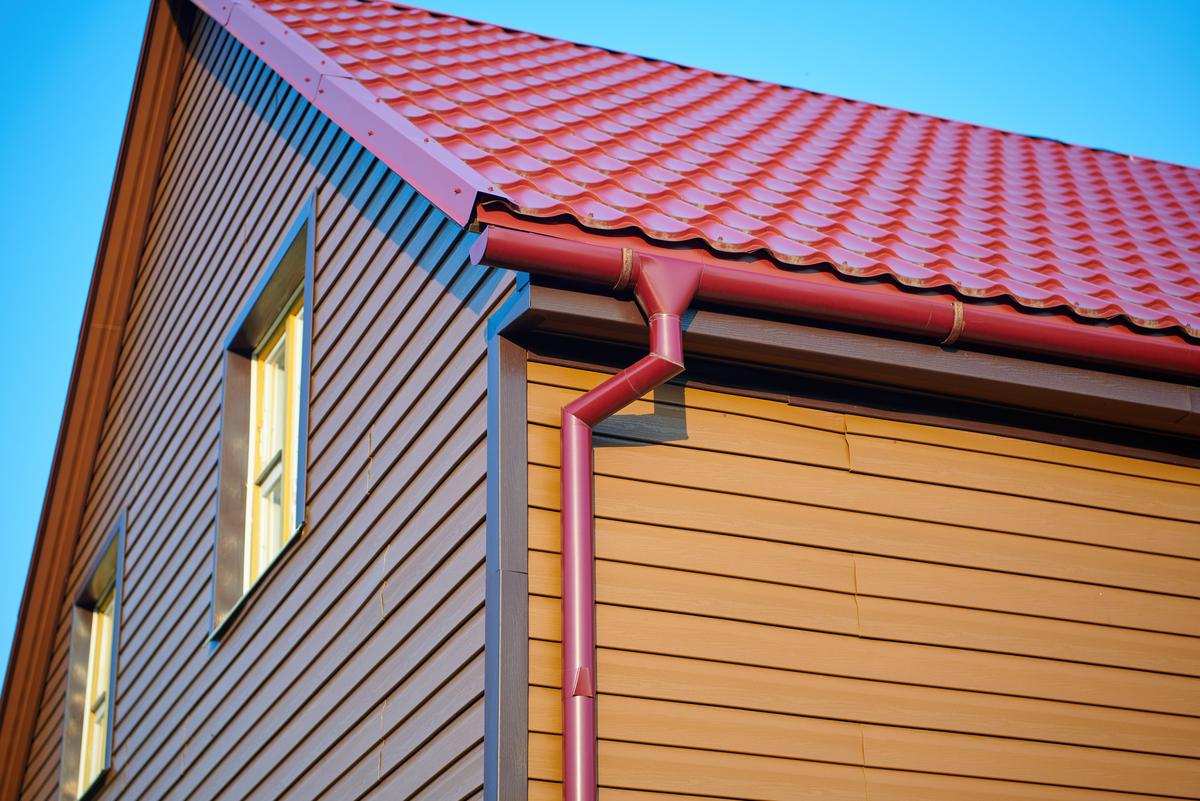
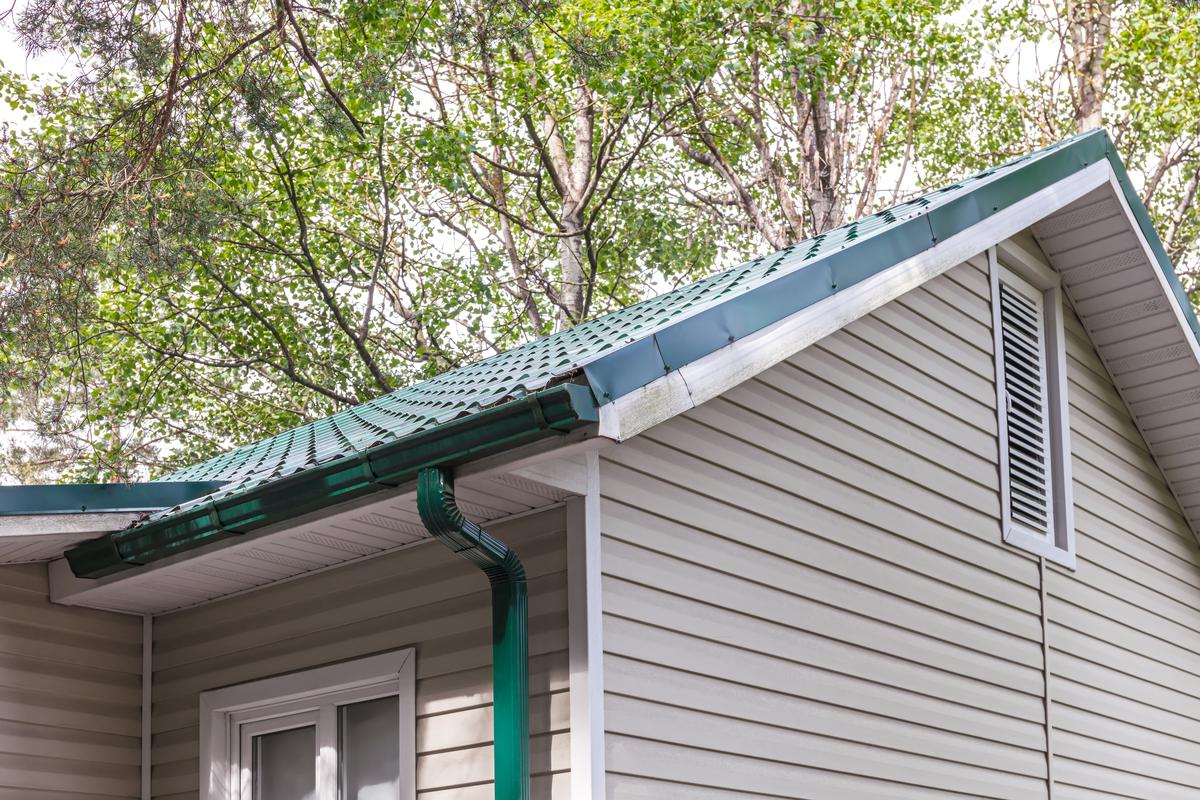
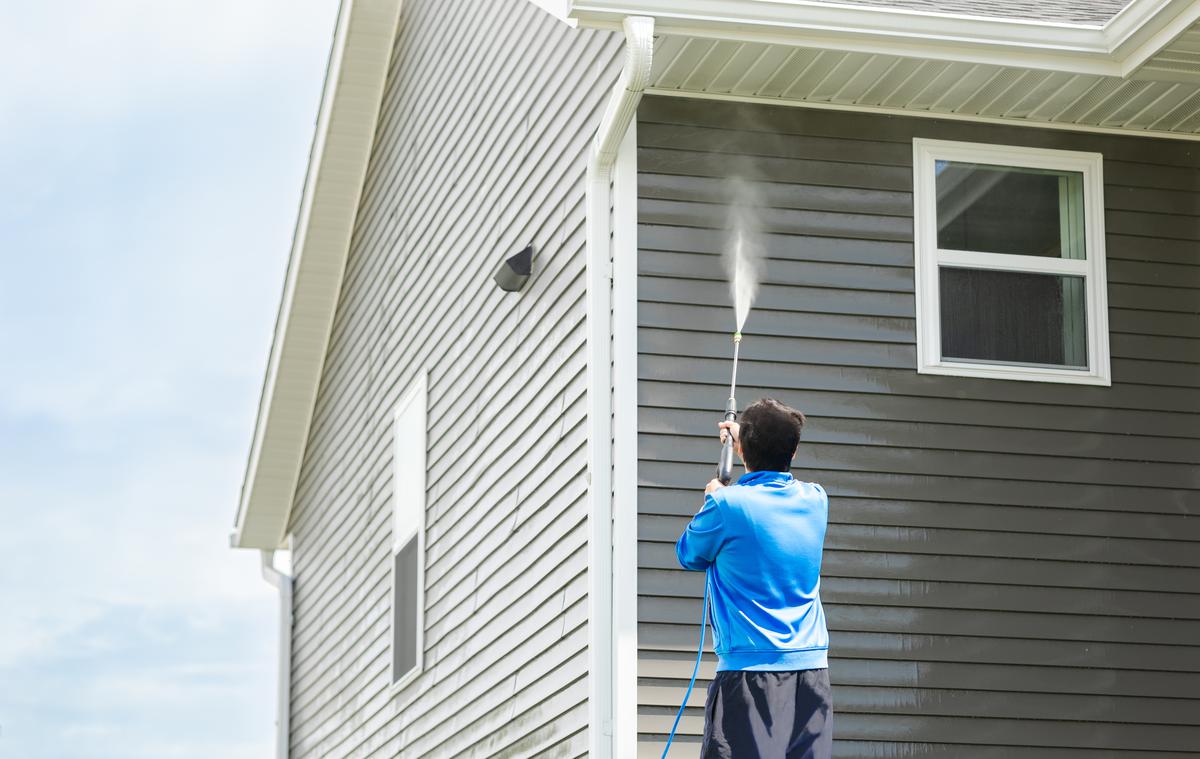
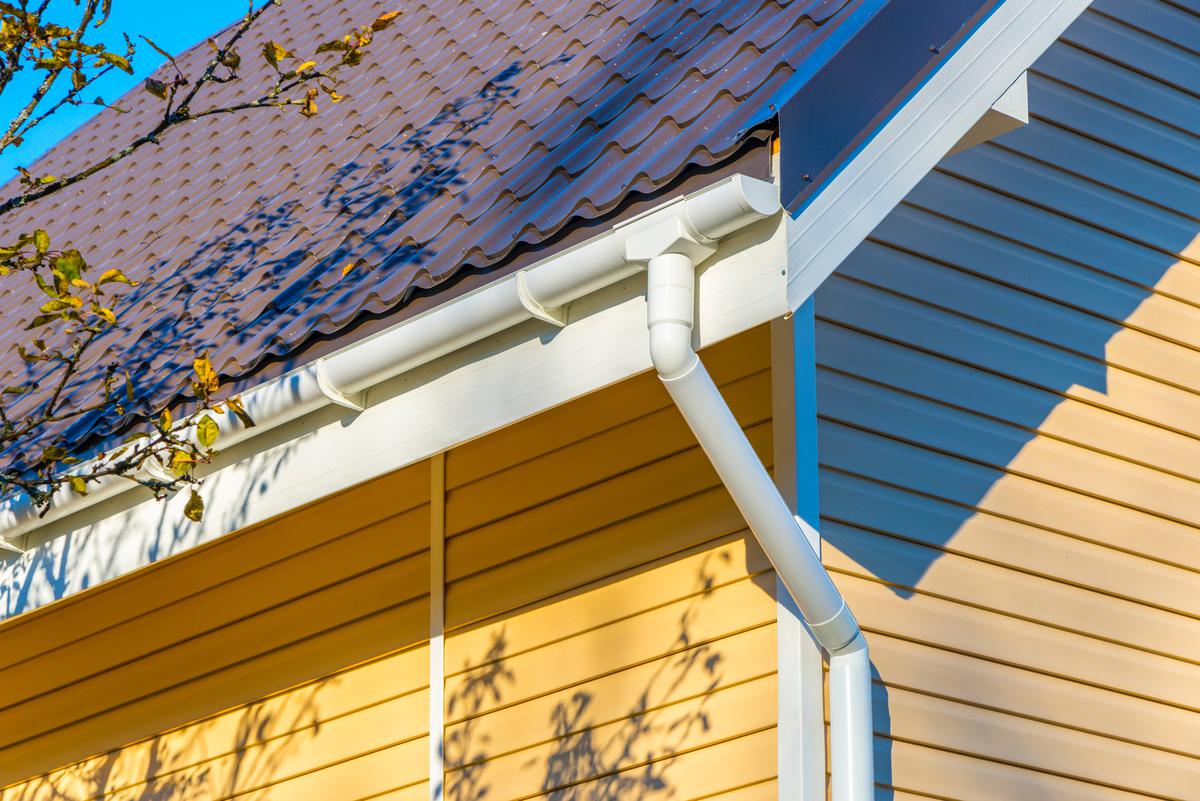
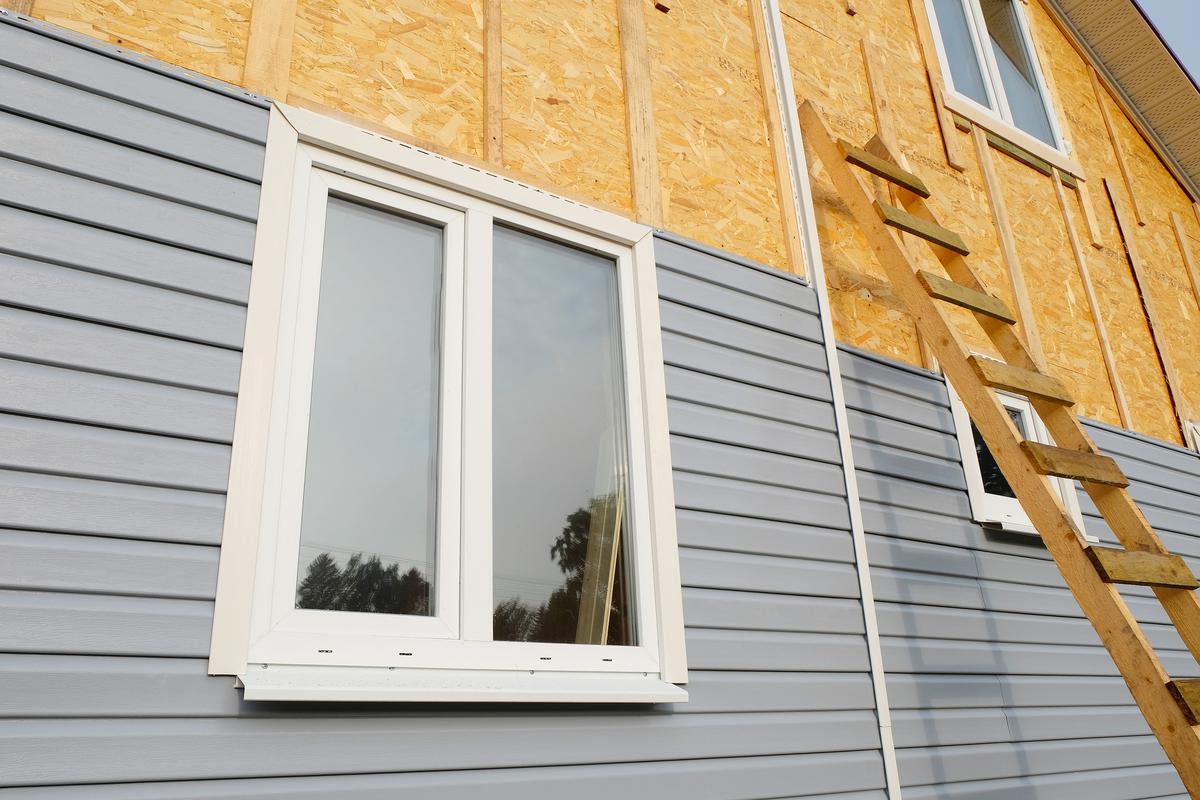
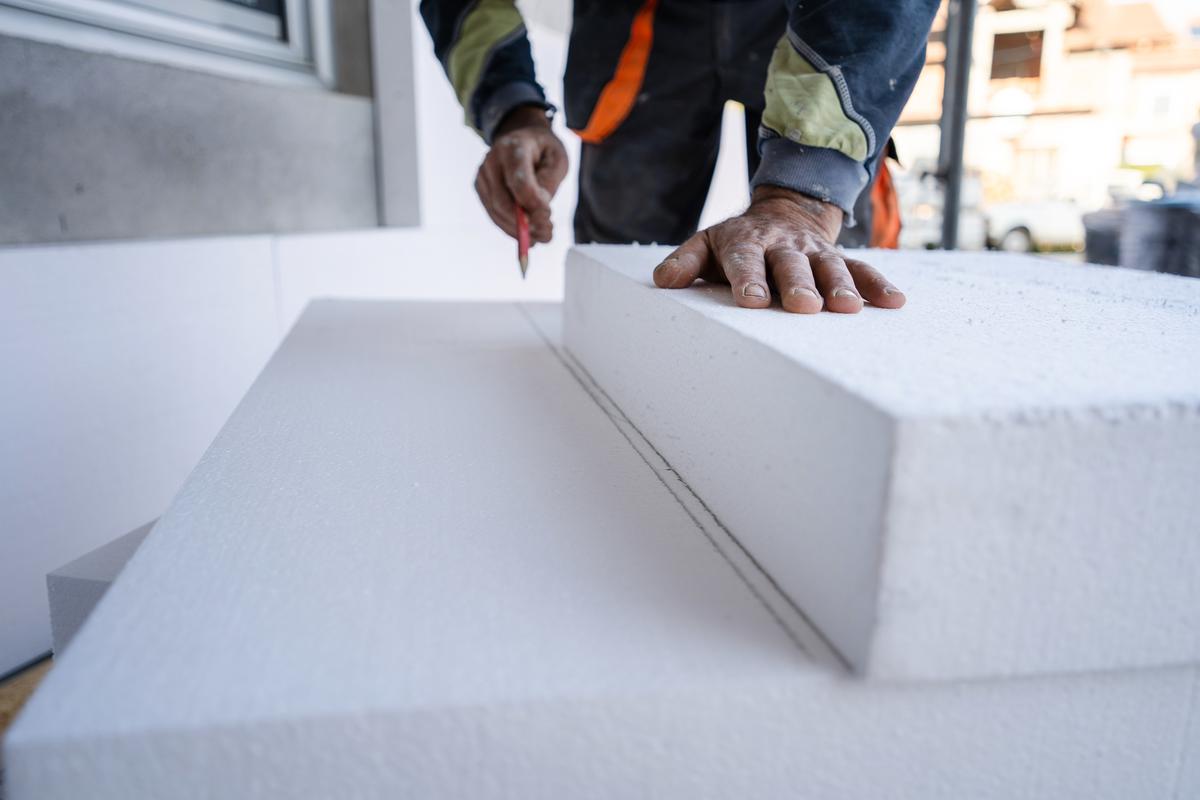

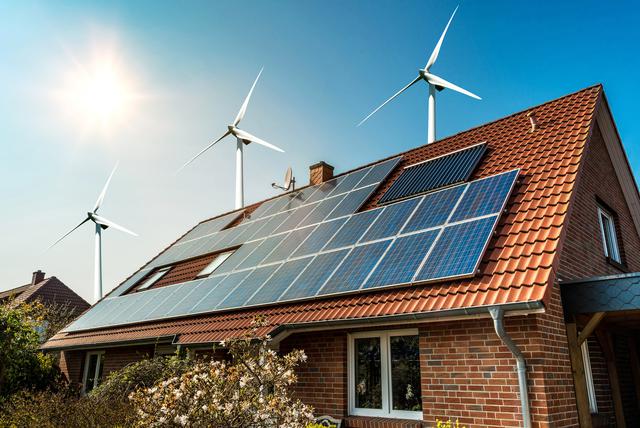
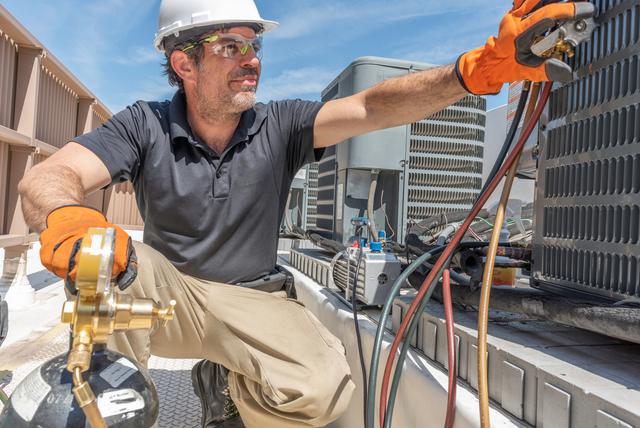
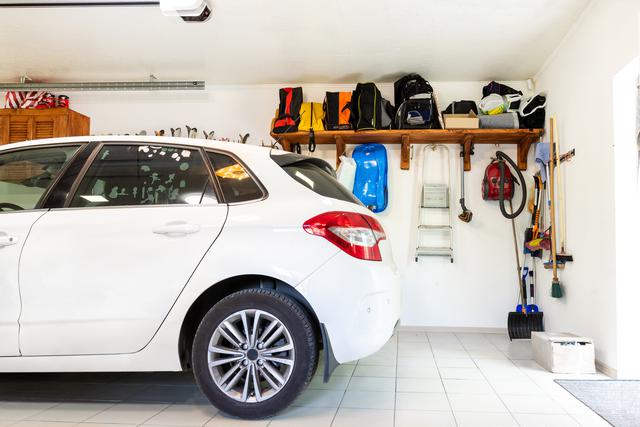
comments